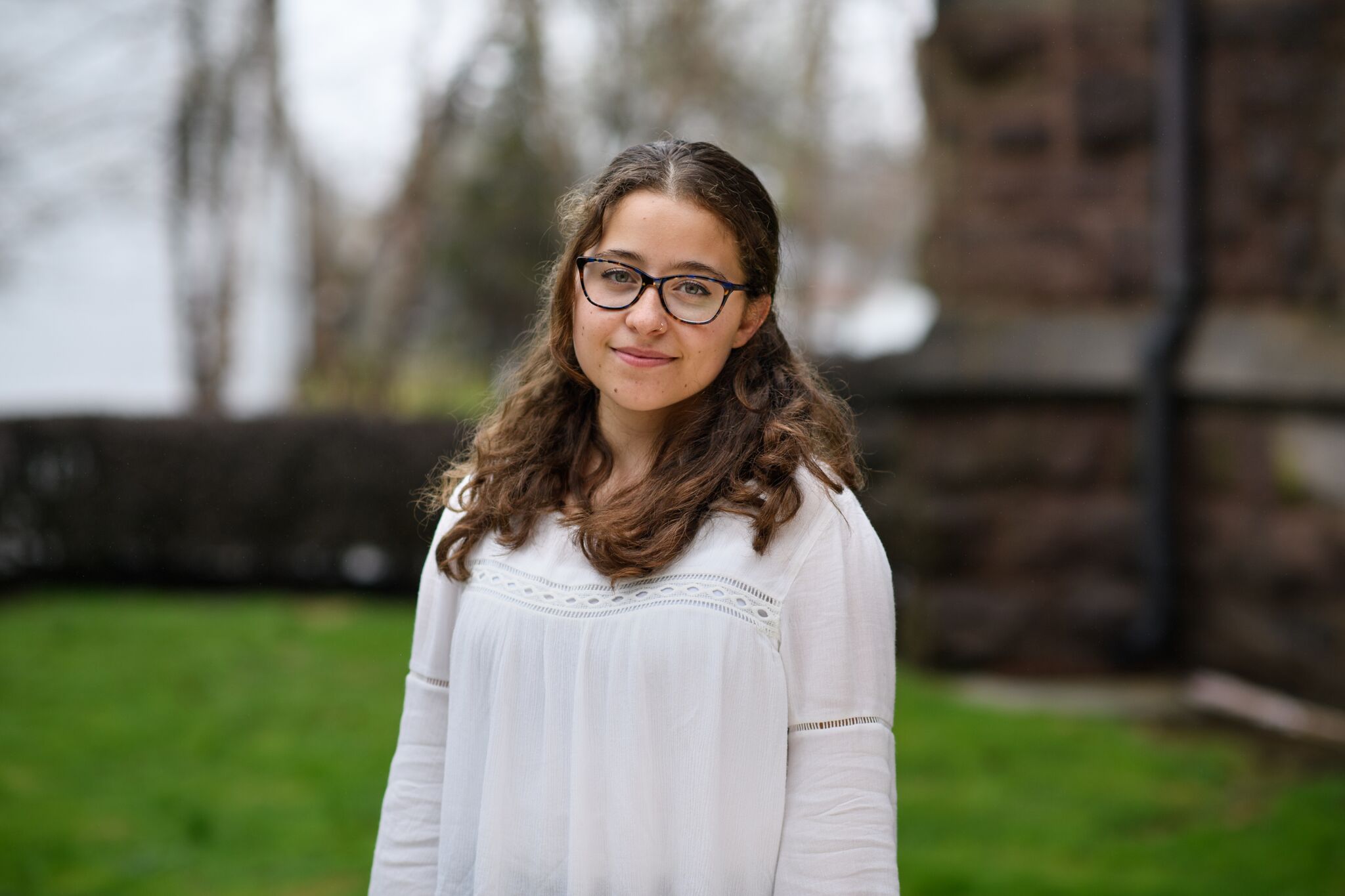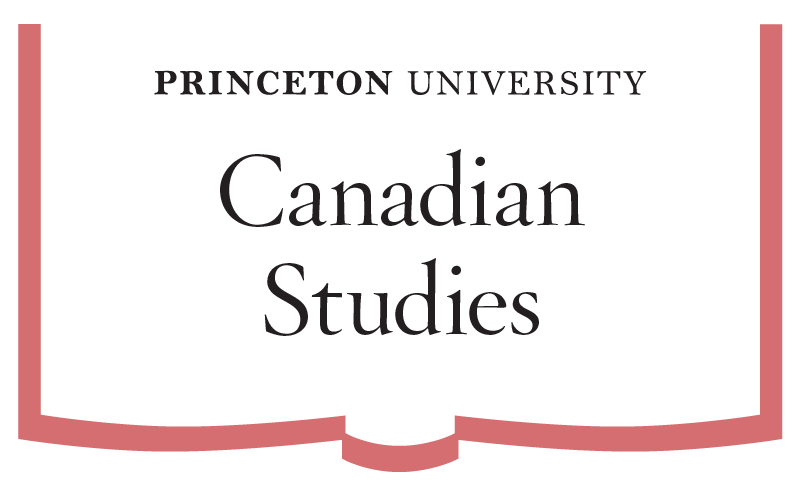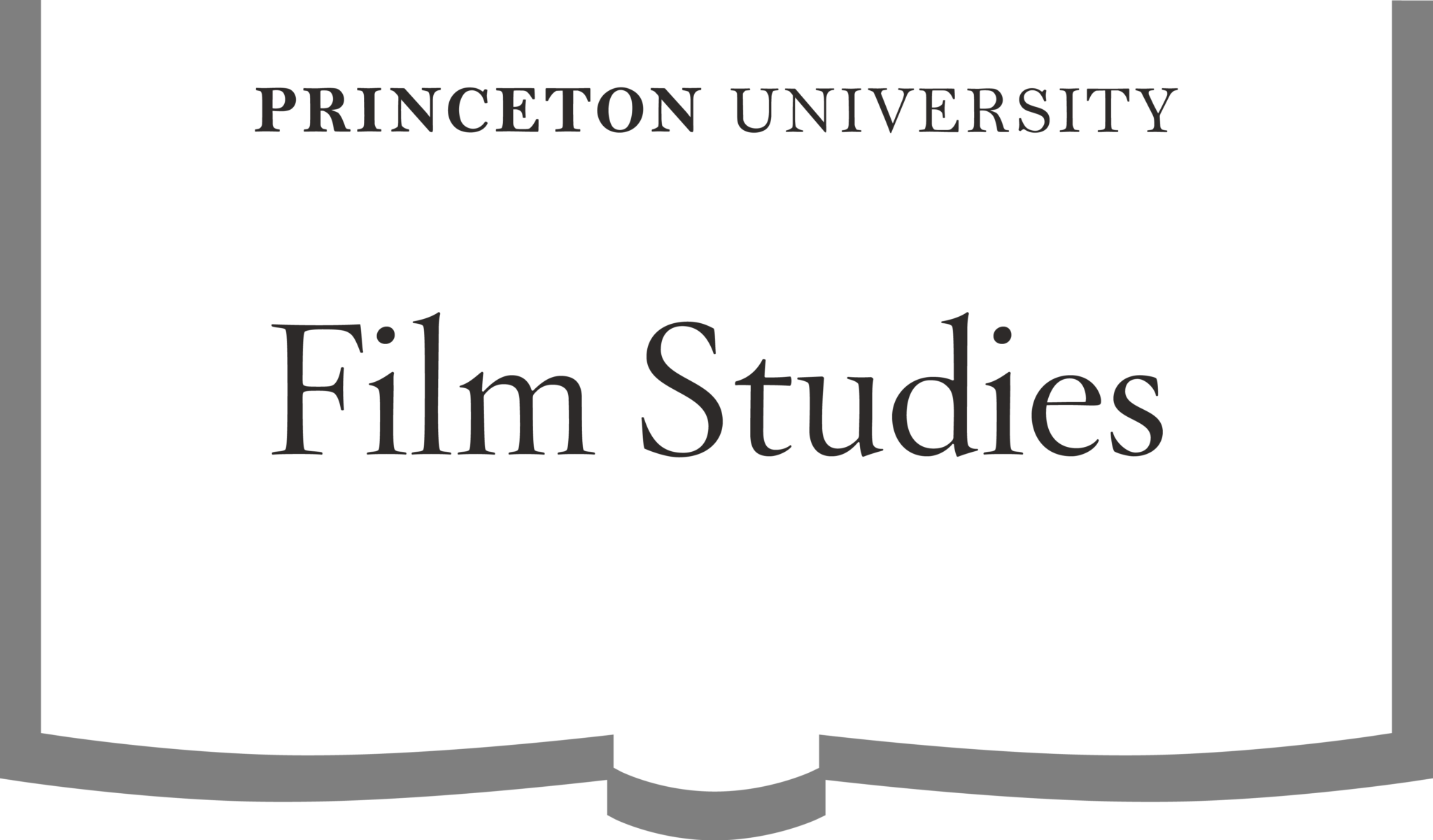tpelts@princeton.edu
I’m a Religion major with a certificate in Judaic Studies.
Role(s) held in the Humanistic Studies Program:
Certificate Student, Humanities Mentor, Symposiarch
Activities on campus:
President of Yavneh: Orthodox Jewish Student Group, Zumba Instructor at Dillon Gym
Honors:
Haarlow Prize – one of two best papers submitted to all 200-level Humanistic Studies courses at Princeton (Fall 2017)
Why I decided to study the humanities:
I decided to study the humanities, because, as the word suggests, they provide a a glimpse into what it means to be human and face human challenges. Many of today’s questions aren’t new; rather, they’re continuations of the eternal questions that have troubled humanity. Studying the humanities allows us to better understand ourselves and contextualize where we come from, situating ourselves within a rich tradition of questioning and introspection.
What I have gained from the humanities:
From studying the humanities, and ancient religion in particular, I have learned to read a text carefully and pay close attention to the questions that emerge. While looking at the details, I have also learned to analyze big-picture patterns within a text, synthesizing the different ideas and arriving at creative answers to the questions originally presented. Studying the humanities has enabled me to hone these skills, which are useful in every area of life.
Independent work:
For my junior paper, I explored a series of stories in the Babylonian Talmud, an ancient Jewish text, that discuss visits to Jewish sages by the Angel of Death. Taking a philological approach, I sought to demonstrate the existence of a narrow genre of stories that concern rabbinic piety and scholasticism. I studied these stories in their various cultural contexts and compared them to relatively contemporaneous stories of Christian holy men. For my senior thesis, I studied a mosaic at the House of Dionysus at Sepphoris. Taking account of the iconography and social use of the space the mosaic adorned, I attempted to show that the mosaic domesticates the otherwise controversial character of Dionysus and makes him into an exemplar for proper Roman conduct. I argued that the mosaic is neither mere ornament nor “cultic” in nature; instead, it is a cultural conversation piece that is meant to promote Roman learning and values.
HUM Sequence fall break trip:
I participated in the HUM trip to Rome, led by Professors Esther Schor and Yelena Baraz. This trip was likely the most in-depth and interesting introduction to a new city that I’ll ever have. I feel so privileged to have forged closer relationships with these wonderful professors and to have benefited from their wealth of knowledge. My independent work on the trip consisted of analyzing the Hall of Philosophers, a portion of the Capitoline Museum, with an eye toward what we can learn about Rome’s relationship to philosophy based on deliberate curatorial decisions.
The fall break trip was one of the Princeton experiences that piqued my interest in the world of material culture (art, archaeological artifacts, etc.). Having worked primarily with texts, I previously had little exposure to art and archaeology; the chance to visit ancient Roman sites and view stunning pieces of art inspired me to expand beyond studying texts and to devote more attention to material evidence. This new interest has animated my academic trajectory, culminating in a senior thesis that focuses on the cultural messages embedded in ancient Roman mosaics.













